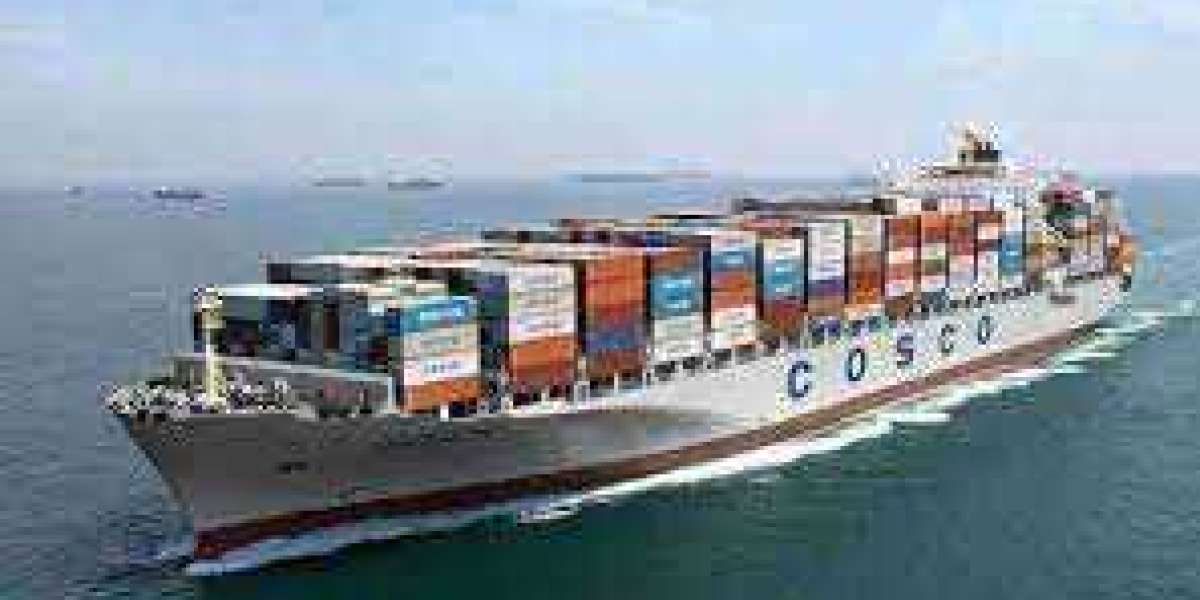1. Export transportation
The first part of shipping is export shipping. This involves the movement of goods from the shipper to the forwarder's premises. For less-than-container loads, the freight forwarder's premises are always the export consolidation center (origin warehouse), where the freight forwarder has its own personnel or an appointed agent. If it is agreed that the shipper is responsible for this part of the transportation, it will usually be arranged through a local transport company.
2. Export customs clearance
For every shipment that leaves a country, customs formalities must be completed to meet regulatory requirements. Customs clearance is a transaction in which a declaration is drawn up and the required documents are submitted to the authorities, and can only be carried out by companies holding a valid customs license, so-called customs brokers.
Export customs clearance can be done by a freight forwarder with a valid license or an agent appointed by the freight forwarder.
3. Processing at the origin
Origin handling covers the physical handling and inspection of all goods from receipt at origin warehouses to loading into containers for shipment. There are many steps under origin processing by many different parties, but all of these are coordinated and accountable by the freight forwarder or the agent appointed by the freight forwarder.
4. Sea freight
The freight forwarder decides to select a shipping company to perform the ocean freight from the origin to the destination to meet the required schedule for the shipment. The freight forwarder has a container transportation contract with the shipping line, in which case the shipper or consignee does not have any direct interaction with the shipping line.
5. Import customs clearance
Import customs clearance can often begin before the shipment reaches the country of destination. As for export clearance, it is a formality in which a declaration is made and submitted together with the relevant documents so that the authorities can register the goods and collect any customs duties. Import customs clearance is handled by the freight forwarder or the agent of the freight forwarder, or the customs broker designated by the consignee. Import customs clearance procedures must be completed before the goods leave the bonded zone of the destination country. Usually, this means before the goods leave the freight forwarder or the freight forwarder's destination warehouse.
6. Destination processing
As for origin, the cargo also needs to be loaded and unloaded at the destination before it can be released to the consignee. In a nutshell, destination handling involves transferring containers from a ship to ashore, from a port to a freight forwarder's destination warehouse. It also includes unloading the container and preparing the cargo for pickup by the consignee.
7. Import transportation
The final leg of the shipment is the physical delivery of the goods to the consignee. It can be carried out by the freight forwarder or the local transportation company designated by the consignee. If this part of the shipment is arranged by the shipper, it often makes sense to use a forwarder who can also arrange import shipments. Import shipments usually include shipping to a specific address, but not offloading from the truck, which is the responsibility of the consignee.
Guangzhou Shunhang International Freight Co., Ltd. is a company specializing in international transportation business. It has a professional team with rich experience in cross-border logistics. The price is limited for a limited time, and the service guarantee saves time, worry and effort.














